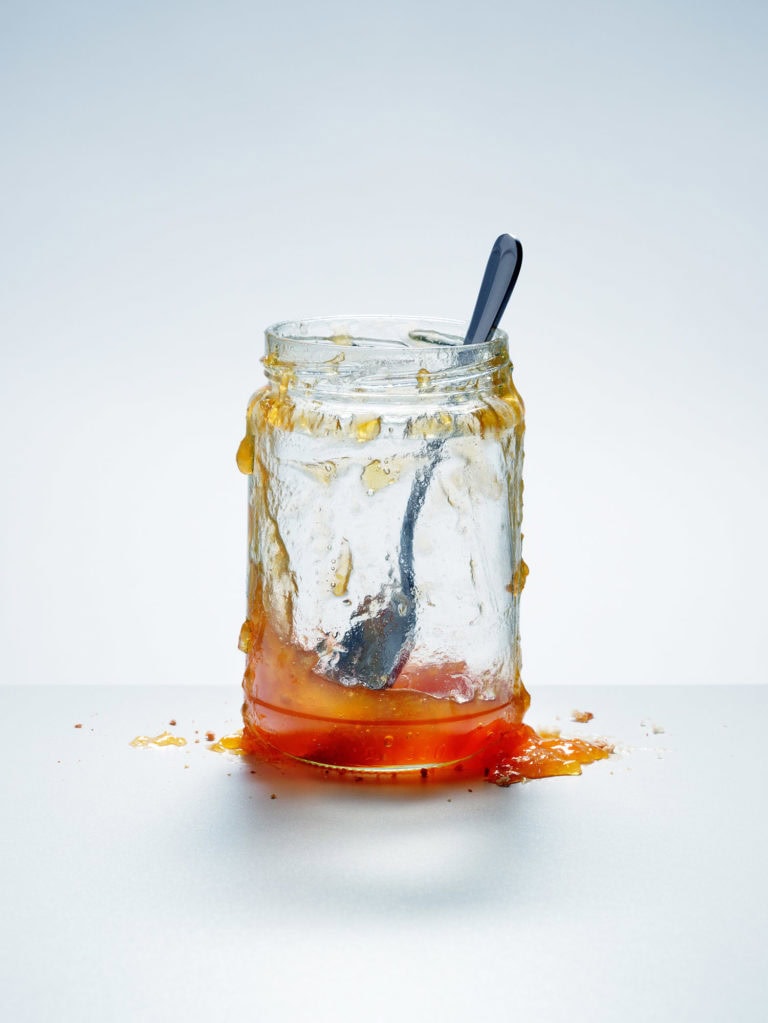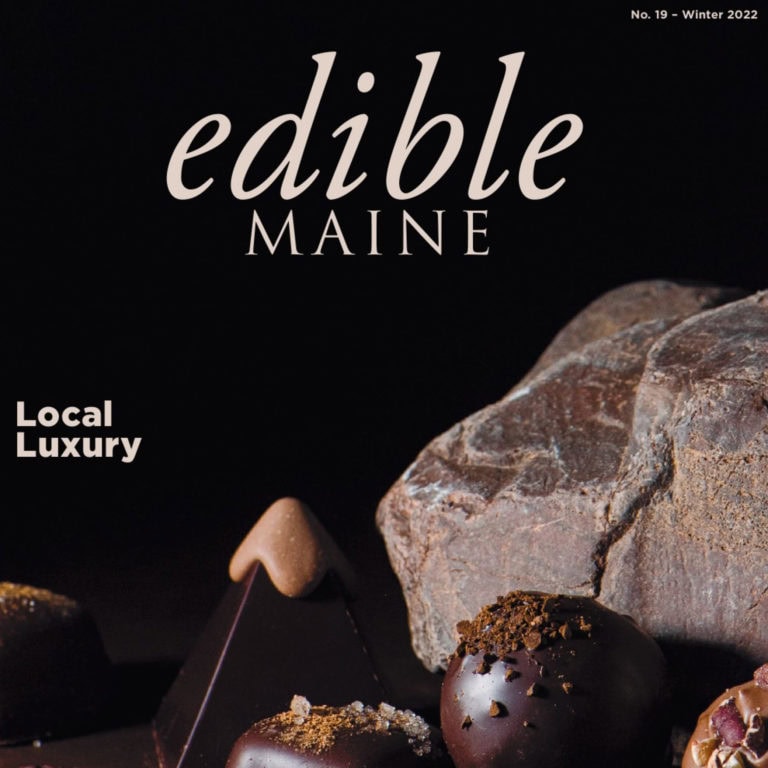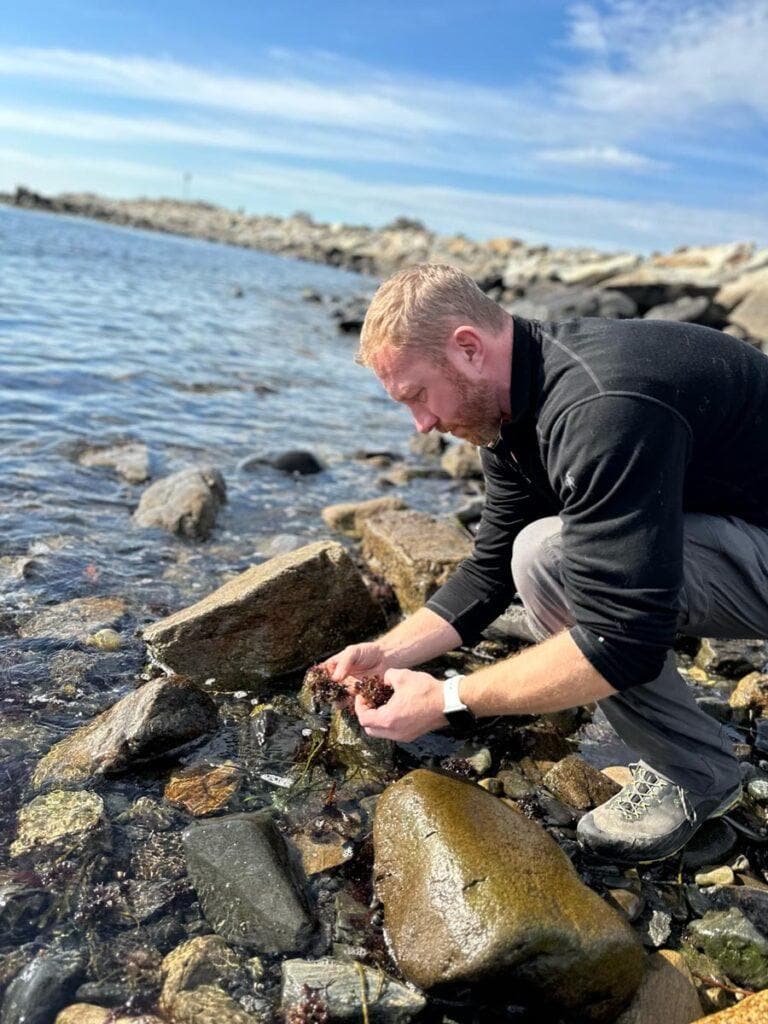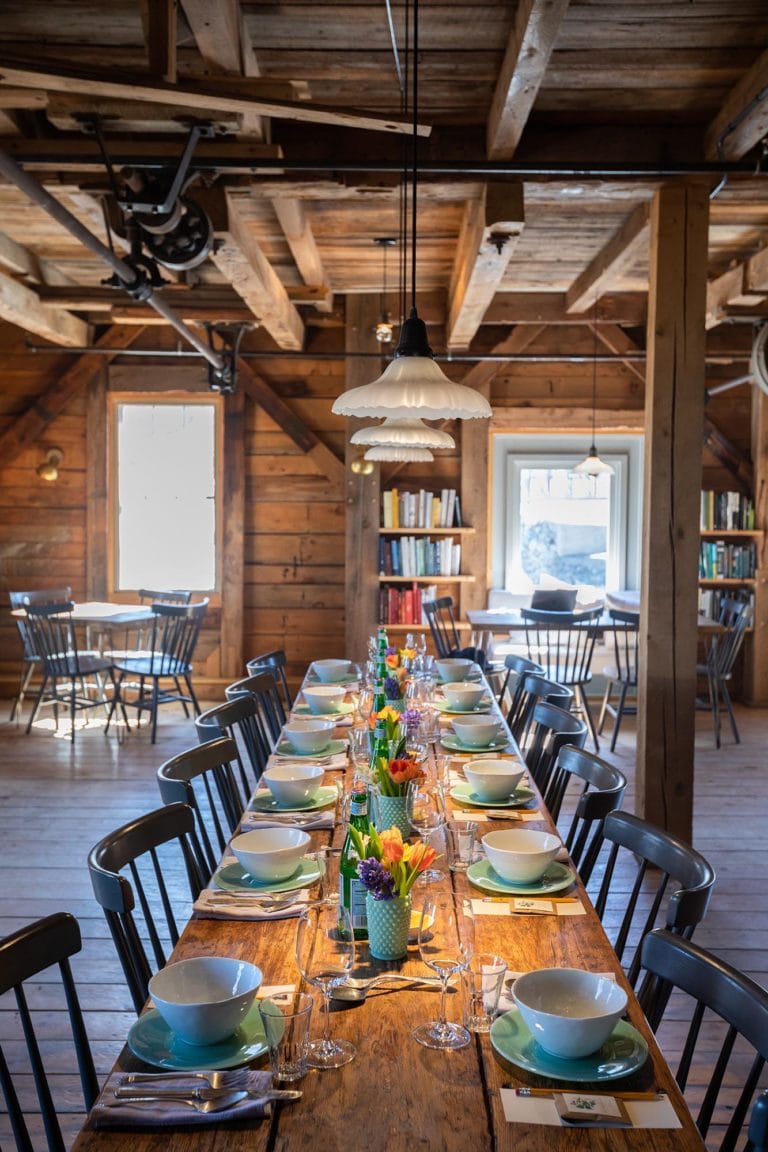As we settle into fall and my kiddos embark on a new year of school, I like to think of our kitchen as their informal classroom. In my effort to turn my four children into little gourmands (or, at the very least, self-sufficient home cooks), I prioritize the importance of sourcing food locally, both for its freshness and for supporting the community of farmers and producers in Maine.
I do this in subtle ways, like pointing out local foods at the grocery store. We are big fans of Maine Grains, Wyler’s Blueberries, Smiling Hill Farm Dairy, and Kate’s Homemade Butter. We also frequent U-Pick farms and make weekly trips to the farmers market. In the fall we regularly collect apples, squash, and pumpkins at Wallingford’s in Auburn, Pineland Farms in New Gloucester, and Rocky Ridge Orchard in Bowdoin.
It’s important for children to understand where their food comes from and how much work is involved in producing it. I want my kids to know they can make an impact with small, simple choices, like what they pick to put on their plates.
We stroll through the market stalls, looking at everything before buying anything, and pitch dinner ideas based on what we see that inspires us. Ratatouille is a topic of conversation when the zucchinis are impressively huge. Greek salad comes up when the cucumbers are in season, and cobbler when the Maine wild blueberries arrive. And it’s inevitable that the kids will ask about pizza night—a weekly family ritual.
As a lifelong pizza enthusiast, I’ve brushed off the assertions that pizza is just junky food served as a last resort when you don’t feel like cooking. For my family, pizza is a tool for teaching the kids about eating locally, healthfully, and deliciously. Since they, like many children, love pizza, I turn their excitement for it into an opportunity to teach them how to use local ingredients for both the dough and the toppings.
With the few dollars I give each of them at the market, they get to pick out toppings for pizza night. I encourage them to choose at least one vegetable and one herb. Mushrooms, tomatoes, basil, and oregano are all popular choices. We’ve also tried peppers, shallots, thyme, and kale. Sometimes my older two ask to choose different cheeses or meats. In the dough we make and form into pies together, we include some Maine Grains flour and Slack Tide Sea Salt (a personal favorite).
While we don’t exclusively use local ingredients, we do the best we can. Our creations help teach the kids sustainable eating habits, even if they’re doing so just one pizza at a time.













